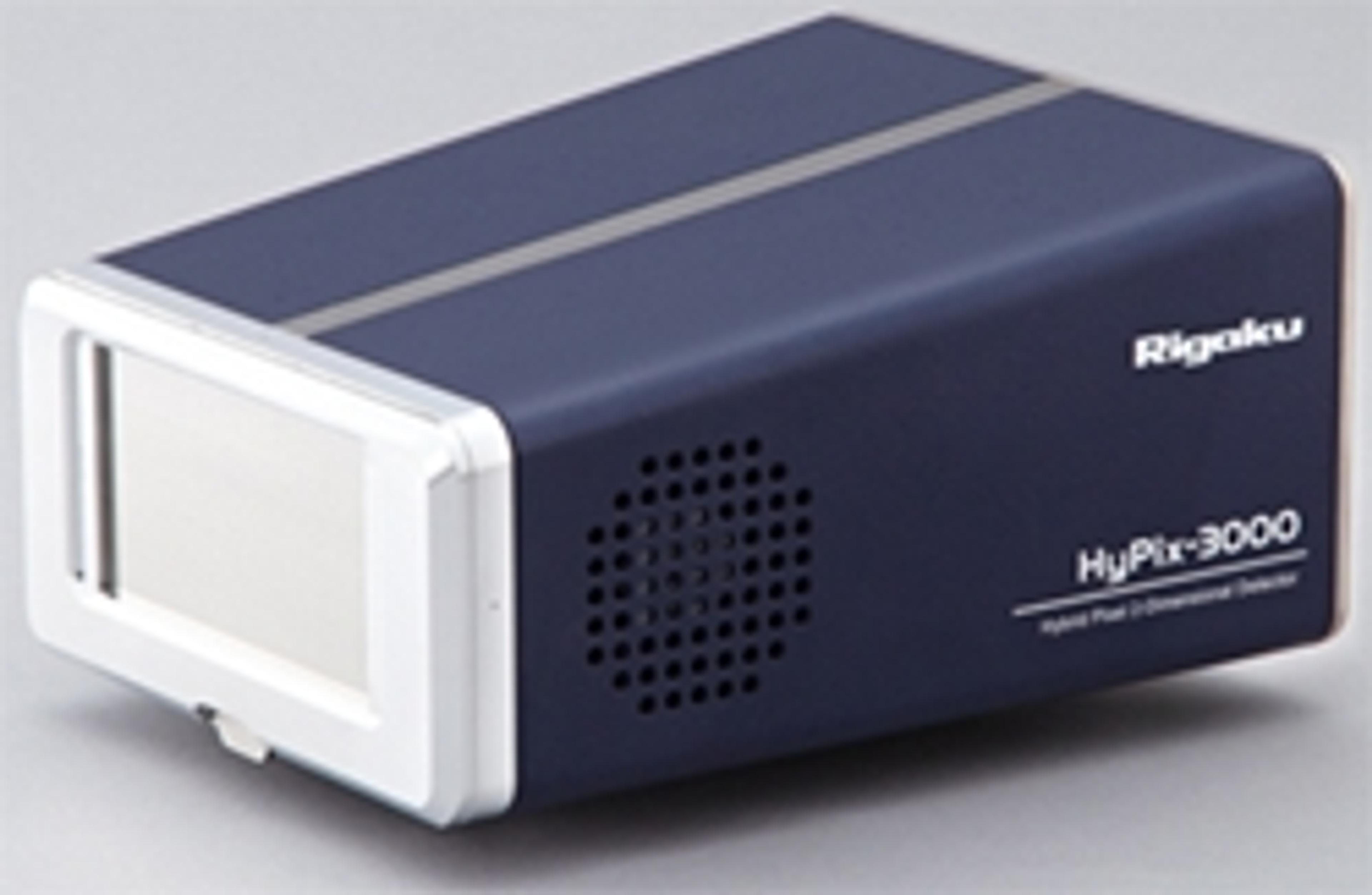The HyPix-3000 Shows High-Speed Performance in Impressive Display
The detector managed to determine the precise temperature range for the melting point of aliminium during a rapid-heating experiment
5 Mar 2019Rigaku Corporation has published an application report demonstrating the performance of the Rigaku HyPix-3000 hybrid pixel array multi-dimensional detector in the shutterless measurement of 2D X-ray diffraction images.
To capture the moment when materials change, such as during melting, solidification or crystal phase change, by in-situ X-ray diffraction measurement, the acquisition time of the X-ray diffraction images at each temperature needs to be as short as possible. 0D and 1D detectors take time to scan the detector and prepare for operation, while conventional 2D detectors require the X-ray shutter to be opened and closed between counting and reading the data.
The HyPix-3000 detector in 2D mode can acquire X-ray diffraction images without scanning the detector. The HyPix-3000 detector has two counters inside. Switching between them allows measurement without dead time and enables shutterless measurement of 2D X-ray diffraction images, which makes it possible to observe rapid changes in crystalline state.
The HyPix-3000 hybrid pixel array detector is available on the new Rigaku SmartLab intelligent multipurpose X-ray diffractometer and, coupled with the new PhotonMax high-flux 9 kW rotating anode X-ray source, allows all applications to be handled with a single detector, eliminating the need to prepare and switch individual detectors for different applications.
Rigaku Application Note B-XRD 1105 - “High-speed in-situ measurement of Al metal melting process” – details the recording of 2D X-ray diffraction images of an aluminum plate sample. Images were recorded every 0.5 seconds while rapidly increasing the temperature at 300˚C/min.
Continuous Debye rings - concentric diffraction rings obtained from polycrystalline thin films - from the aluminum plate were observed at room temperature, revealing that the aluminum crystal had fine grains before heating. During the increase in temperature, the Debye rings became dotted, indicating that grain growth occurred due to heating. When the temperature was increased even further, the Debye rings eventually disappeared due to the melting of the aluminum. It was confirmed that there was a temperature range where the continuity of the Debye rings increased just before melting. This was the moment when the grain boundaries of the aluminum melted, and the liquid phase and minute crystal grains coexisted.

